How to Use Imaging and Treatment Planning Software for Guided Endodontic Therapy
This case study takes a look at the SICAT Endo software that uses digital imaging and precise guides for best outcomes.
In June 2019, a 56-year-old man presented for a problem-focused examination. He said he had developed a “small pea-sized swelling” above his gum tissues over the past month but had no other symptoms. Intraoral inspection revealed a sinus tract in the right upper buccal vestibule with the usual concomitant appearance. A tooth previously had been treated restoratively and an old, defective crown was replaced in 2004. Tactile inspection and percussion test were negative, and there was no mobility. The tooth failed to respond to thermal pulpal testing. The patient was not able to recall any past trauma to this tooth or area. Using 2D x-ray imaging (Schick 33, Dentsply Sirona) of the upper right premolar area, a large periapical radiolucency originating from tooth #4 was revealed. It extended to the adjacent bicuspid as well toward the floor of the maxillary sinus. Calcification of most of the nerve canal was noted.
After the patient gave consent for nonsurgical endodontic treatment and a subsequent crown replacement, the area was infiltrated with 1.7 mL of Septocaine 4% with 1:100,000 epinephrine, the old restoration was removed, and a carious lesion was excavated. The calcification of the root canal system was verified, and after use of Endo Access kit (Dentsply Sirona) and piezo ultrasonic endodontic files (ProUltra Piezo Ultrasonic Endo System) access to the pulpal orifice was deemed impossible. The treatment was aborted, the tooth temporized, and the patient was informed of the complication. A 3D x-ray image was ordered using CBCT (Galileos Comfort Plus, Dentsply Sirona), and reconstituted using Sidexis 4.2 software (Dentsply Sirona). The Volume was then opened using the software program SICAT Endo (SICAT). The software is part of the SICAT Suite, which has treatment planning options available for implant, functional and airway treatment, and endodontic cases. Like the rest of the software of the SICAT Suite, SICAT Endo provides the clinician with a logical step-by-step approach, which makes it very user-friendly.
SICAT Endo software is the only 3D solution for both diagnosis and planning of classic root canal treatment and guided access planning. This innovative software allows the importing and merging of 2D periapical x-rays and 3D volume. The clinician can simultaneously navigate through both 2D and 3D images. The option of importing intraoral optical impressions offers precise measuring of working lengths and planning of a preferred location of access preparation. Given all this information, the treatment planning can culminate in a guided endodontic treatment called SICAT ACCESSGUIDE.
After discussing benefits, alternatives, and the risks, including the possibility of a root canal perforation and loss of tooth structure and eventually the tooth, the patient chose guided root canal treatment. The patient said, “I want to save this tooth at all costs.”
Treatment Planning
An intraoral, optical scan was obtained with Primescan (Dentsply Sirona) and then exported as an “.SSI” file to merge with the previously obtained 3D x-ray in SICAT ENDO. The beauty of this software is that the clinician focuses only on the tooth to be treated and is not distracted by extraneous information.
During the treatment planning, the canal system is visualized and measured using Endo Lines. These lines are traced in various slices so that the entire root anatomy is disclosed. Using these lines, clinicians can measure the actual canal lengths, orifices can be visualized, and the position is measured. This method is vital, especially in situations of difficult anatomy or additional canals, such as so-called MB2s. A SICAT ACCESSGUIDE can be ordered in the last step of the software program. The treatment plan information is transferred from your desktop to SICAT PORTAL, an online platform that allows the clinician to complete the prescription and order the guide. Once the order has been received and inspected by technicians at SICAT in Germany, the clinician will be contacted to review the plan and confirm the design of the ACCESSGUIDE. After approval the manufactured part will then be shipped to the dental practice in a box that not only contains the ACCESSGUIDE but also certificates of conformity, a review of the actual procedure, and individual instructions.
Guided Access and Root Canal Treatment
The SICAT ACCESSGUIDE is shipped in nonsterile packaging. The SICAT ACCESSGUIDE is routinely disinfected with 0.12% chlorhexidine-gluconate solution, and then tried-in for evaluation of fit. In general, a rubber dam isolation technique is desirable for cross-contamination and safety reasons.
Since the patient’s tooth was already treated with temporary filling material, further removal of enamel and dentin was not necessary nor desirable, especially to avoid a spiraling of the drill inside the previously prepped access opening. This spiraling also can be observed when trying to place a dental implant into tooth extraction sockets.
It is mandatory to use a corresponding, standardized spiral bur (Meisinger). The diameter is fixed at 1.2 mm with 2 drill lengths available at 16 mm and 24 mm. The desired drill length needs to be selected at the time of SICAT ACCESSGUIDE planning and communicated with technicians at SICAT. There is no fixed stop to prevent an accidental overdrilling, and the planned drill length needs to be marked with a rubber stop. The drill fits perfectly into a metal sleeve that is bonded into a designed hole in the guide.
In this case the drill was placed through the metal guide sleeve inside the SICAT ACCESSGUIDE and then operated at the recommended maximum speed of 5000 rpm. Copious irrigation was provided with sterile water via syringe (Monoject). Using incremental and intermittent drill technique, the drill was removed, cleaned of debris, and inspected for damage.
Eventually, starting before reaching the planned working length, an endohand instrument 06 file (Dentsply Sirona) was used to inspect if the orifice of the root canal could be negotiated. After establishing the glide path of the remainder of the uncalcified nerve canal, a working length was established using ProMark Apex Locator (Dentsply Sirona). The canal was cleaned and shaped with copious irrigation using the WaveOne (Dentsply Sirona) system with a cordless X-Smart IQ handpiece (Dentsply Sirona) in reciprocating motion and sonic activation of the liquid.
Sodium hypochlorite 6% was repeatedly used, then flushed completely away with sterile water. Lastly, a disinfecting and chelating solution, QMix (Dentsply Sirona), was used and sonically passively activated with an EndoActivator (Dentsply Sirona). After establishing root canal patency and desired working length, the International Organization for Standardization (ISO) size was verified. The canal was dried with ISO-sized paper points, and a small amount of Sealapex (Kerr) was applied with use of a paper point to the canal orifice. Subsequently the canal was obturated with warm gutta-percha carrier technique. The adequate filling of the canal was then verified with a routine 2D periapical x-ray.
Postoperative Appointments
The patient returned 2 weeks later to have the full coverage restoration completed. At this time all signs and the symptom that the patient presented with prior to the endodontic therapy were no longer verifiable.
The patient had recall intervals (2, 4, 10 months) with periapical x-rays to ensure proper healing. The patient was completely asymptomatic. The most recent x-rays and 3D exposure were taken on July 28, 2021, which was approximately 22 months after the treatment was completed. They reveal a substantial reduction in the size of the previous lesion and new bone formation, which is a good indication for appropriate healing. Also noteworthy is the elimination of the lesion in the right maxillary sinus. The patient is highly satisfied with the results.
Conclusion
Over the course of my 25-plus year dental career I have encountered many patients who would opt for tooth replacement therapy only if all other means to save their tooth were exhausted.
In the age of modern dentistry where prosthetics and implants are more common and safer than ever, the clinician must use all applicable means for proper diagnostics and planning to come to a sound treatment approach. It is our job as clinicians to present all available options to patients.
Having the ability to trace a calcified canal in the apical ⅓and then use a guide to predictably access that location (of the root canal in the apical ⅓) is a treatment option worth presenting to your patient especially if they are not ready to lose their tooth or they are not a candidate for implant therapy. In the same respect, the clinician must inform the patient that implants should be considered when all options are no longer available to treat the natural tooth.
With its ACCESSGUIDE, SICAT provides an intriguing piece of dental armamentarium to the modern conservative dentist. Applying this superb technology may help to meet the patient’s expectation better in a scenario where treatment of calcified canals would very likely end in iatrogenic errors such as perforation of the root. These complications are not only stressful, but the avoidance of these can also lead to extended treatment time even for experienced endodontic specialists.
The combination of CBCT, intraoral digital imaging, and specialized software gives the dentist the tools to create highly precise guides for access of remainders of pulpal tissue in calcified canals in teeth that otherwise would be deemed untreatable and require extraction and replacement

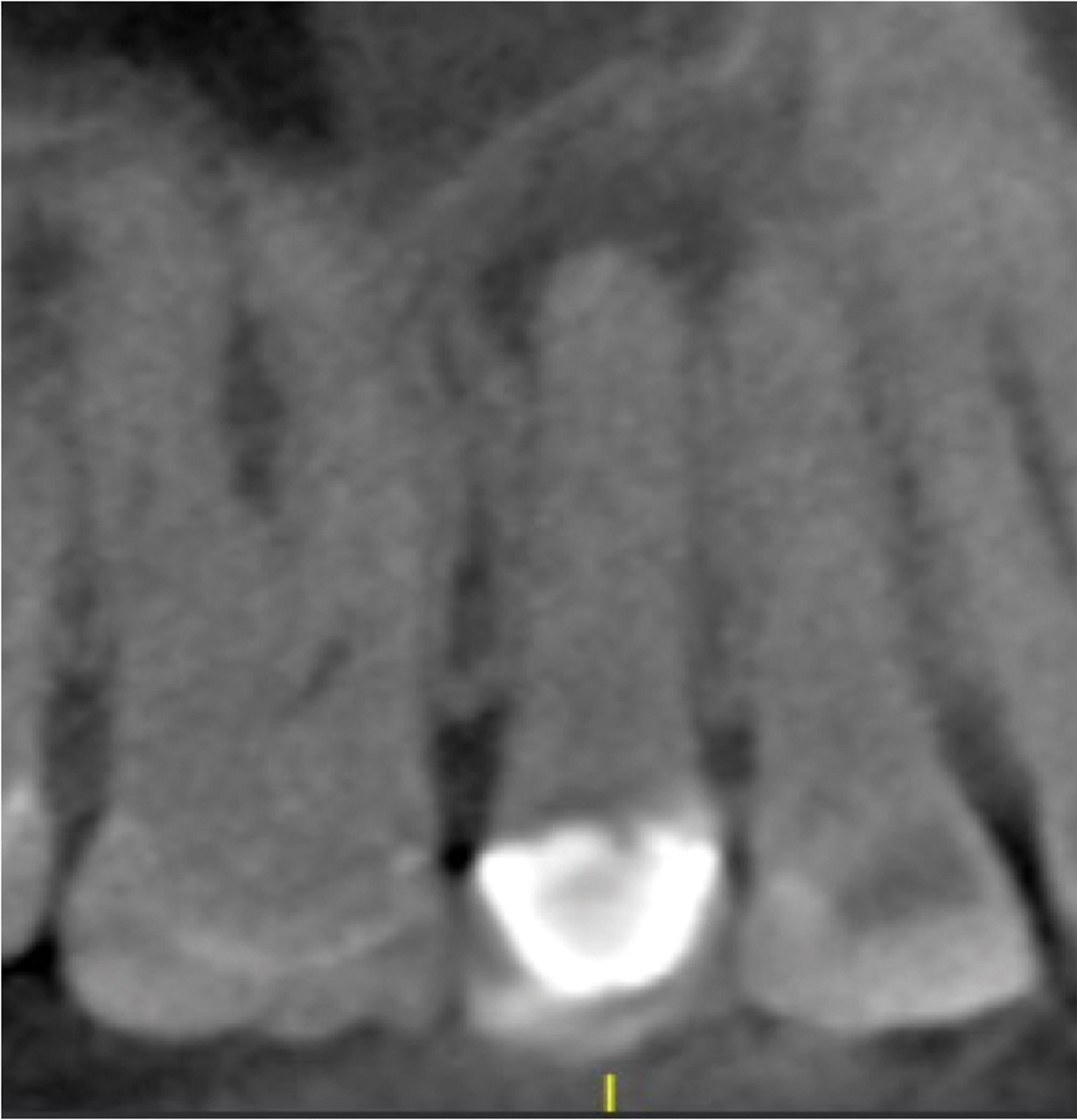
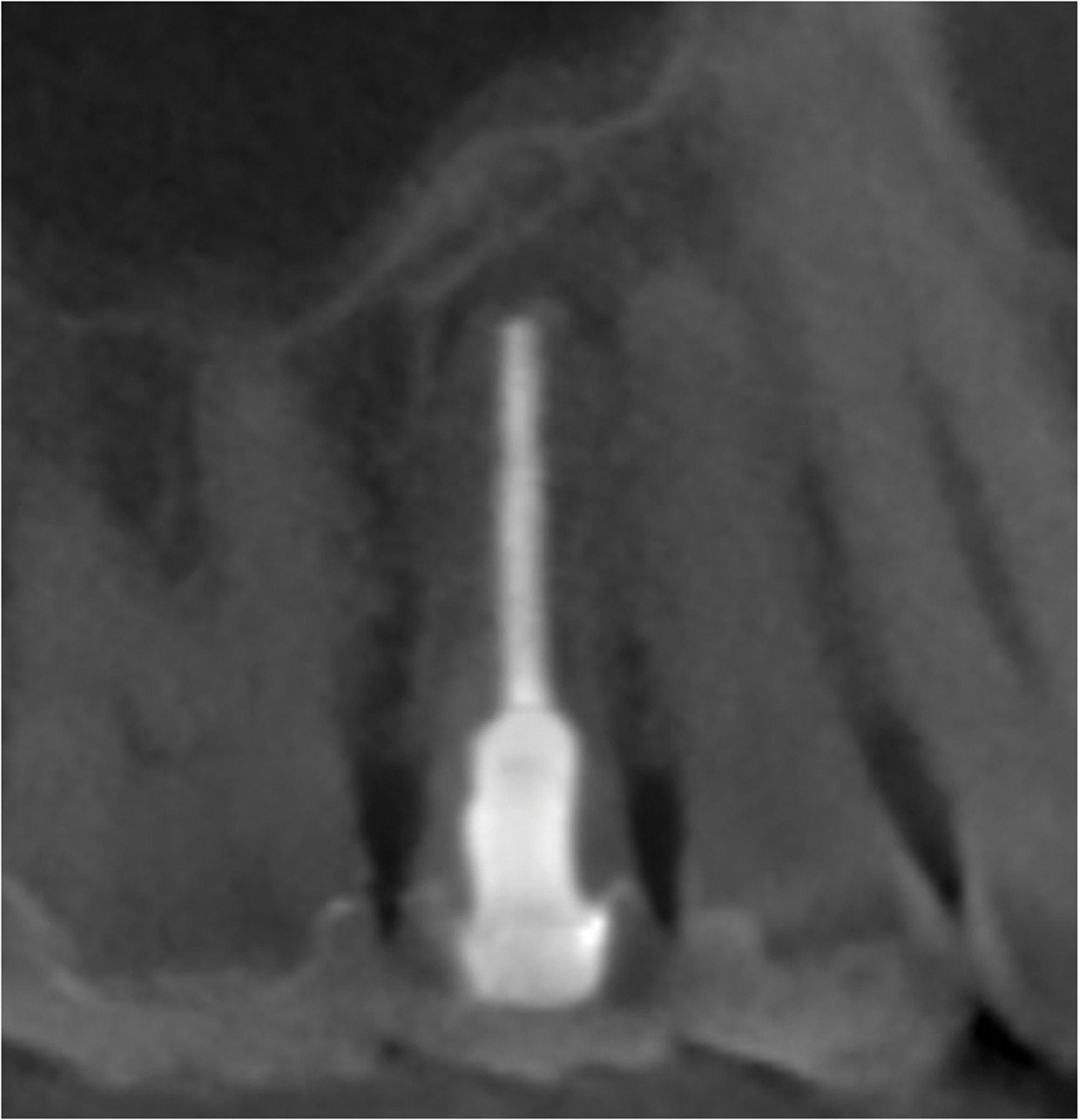
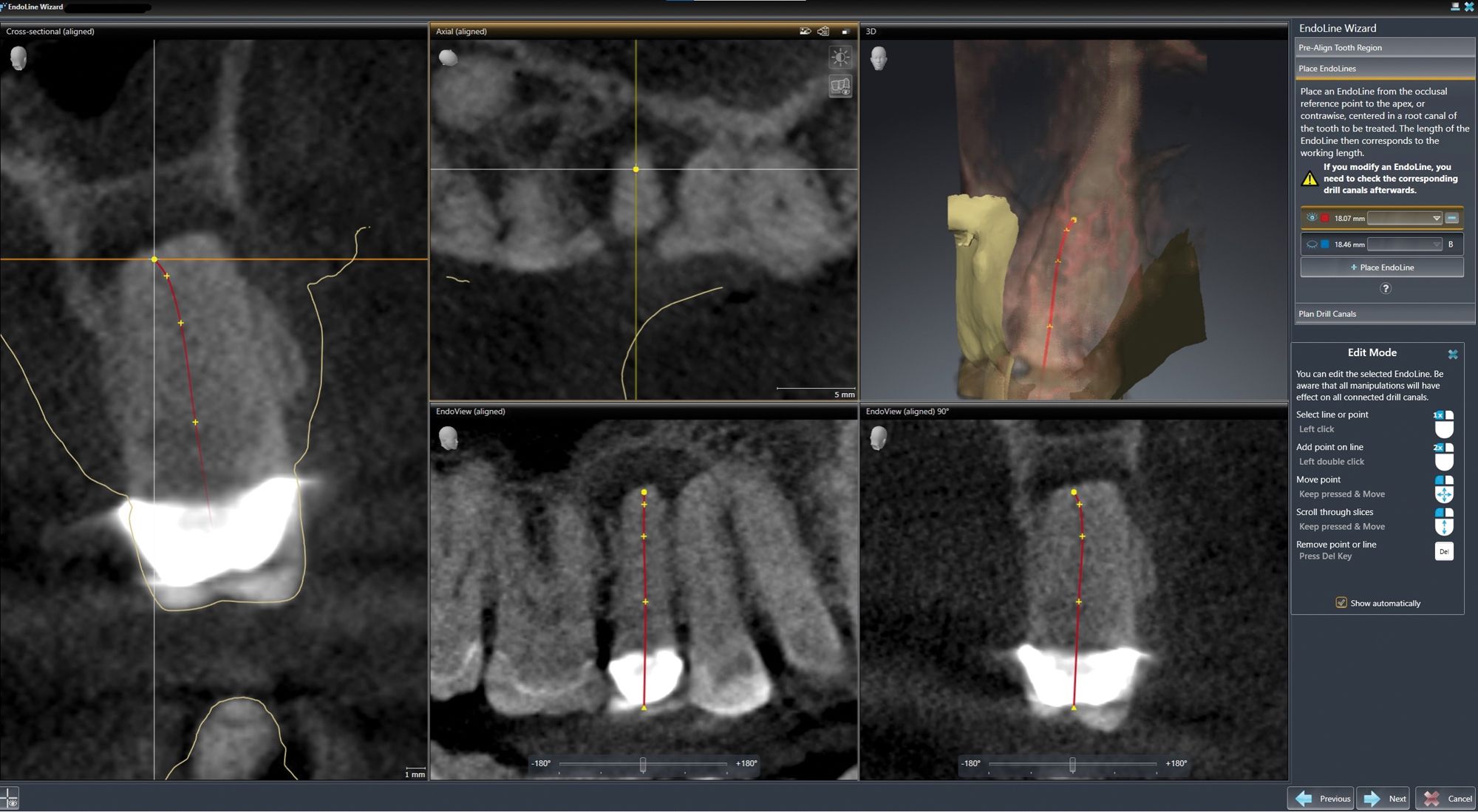


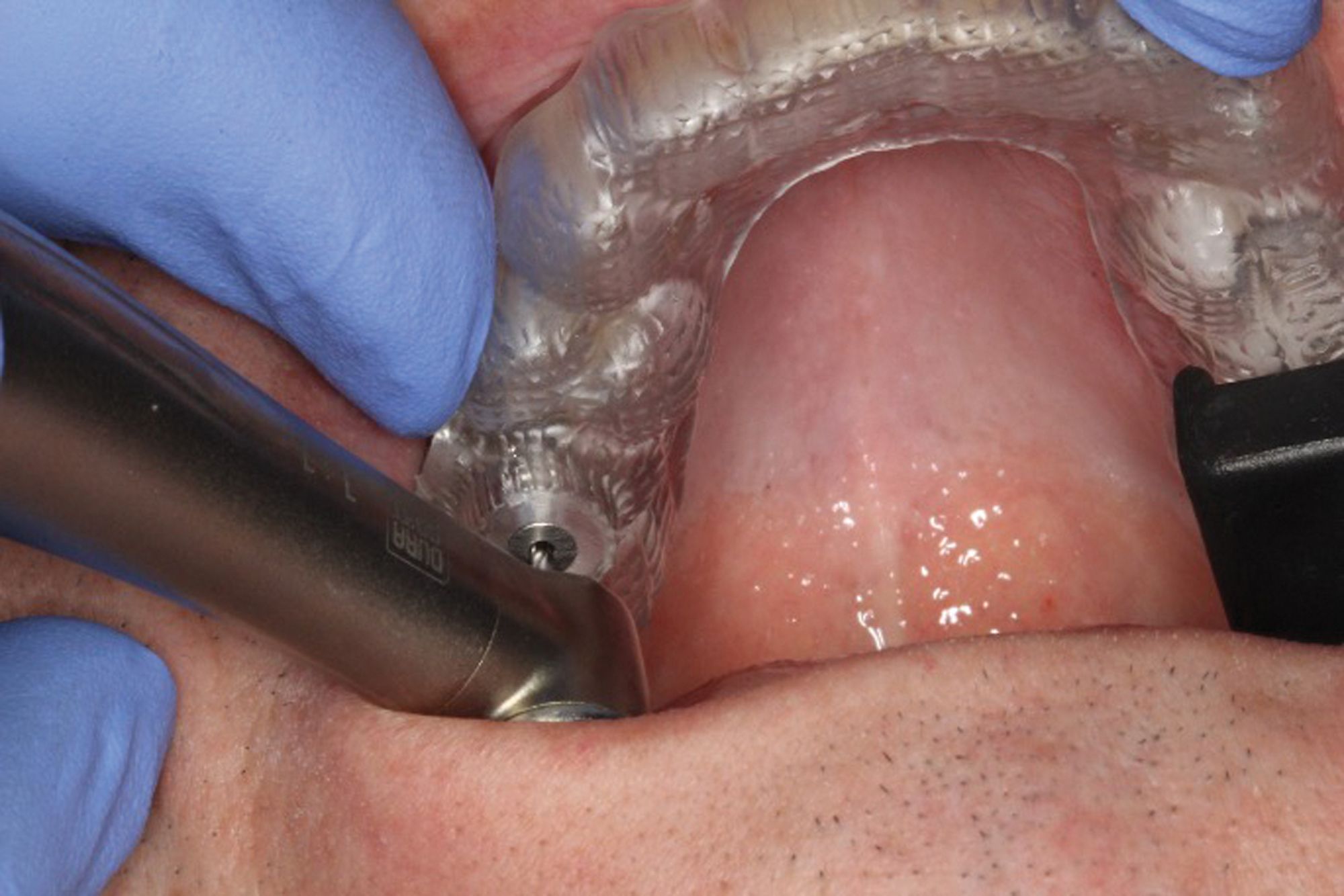

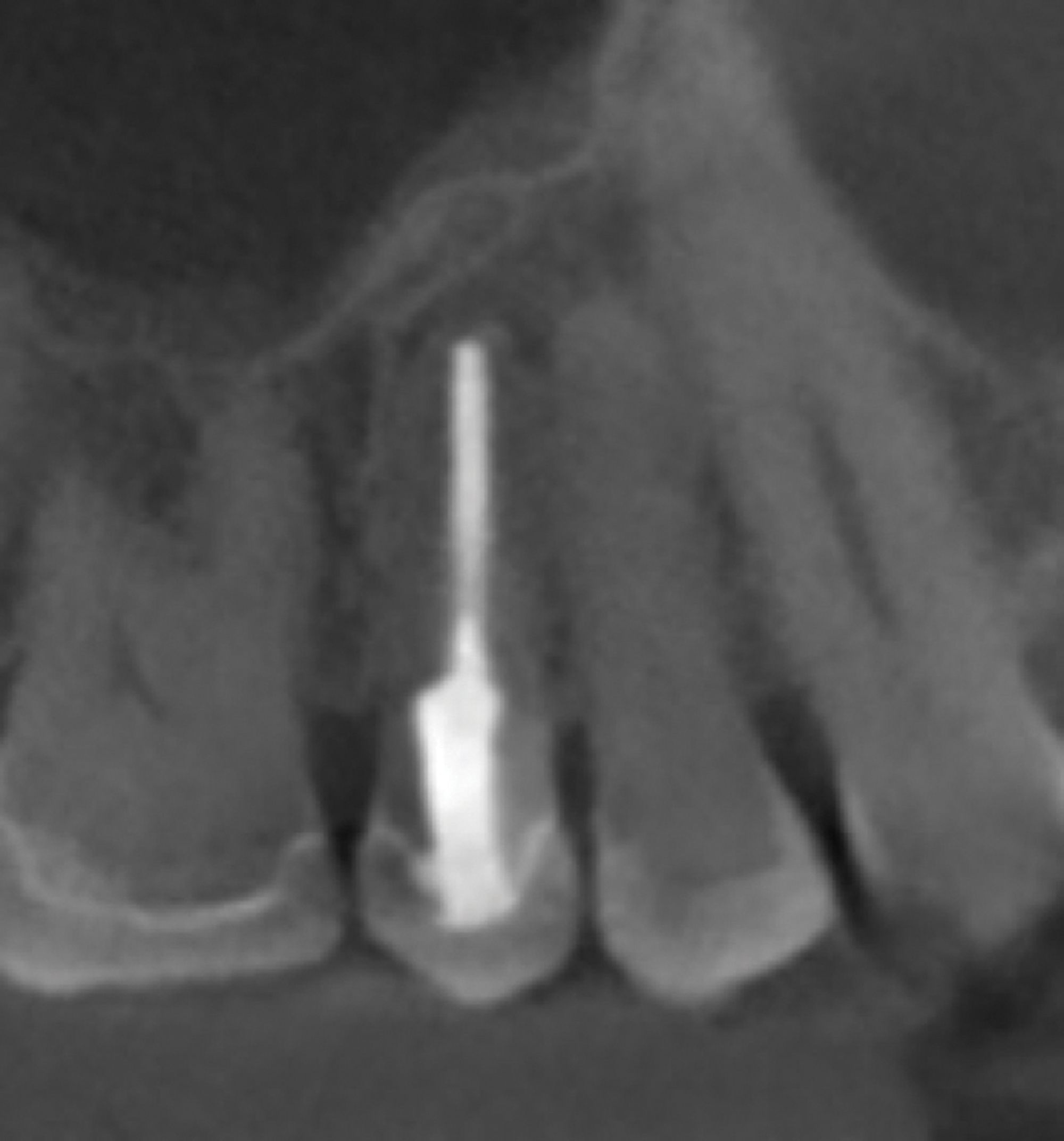
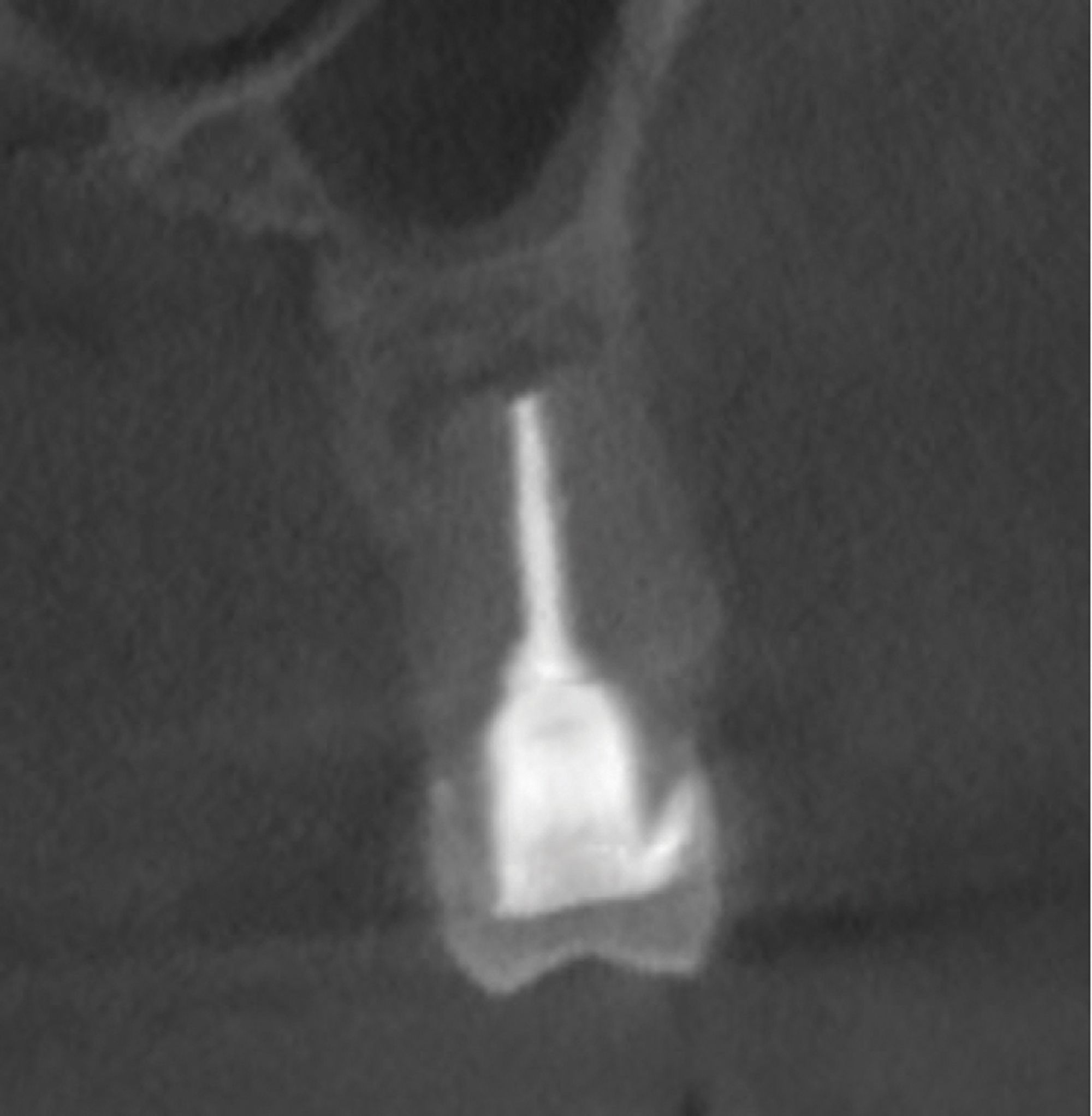
 Download Issue: Dental Products Report June 2022
Download Issue: Dental Products Report June 2022

